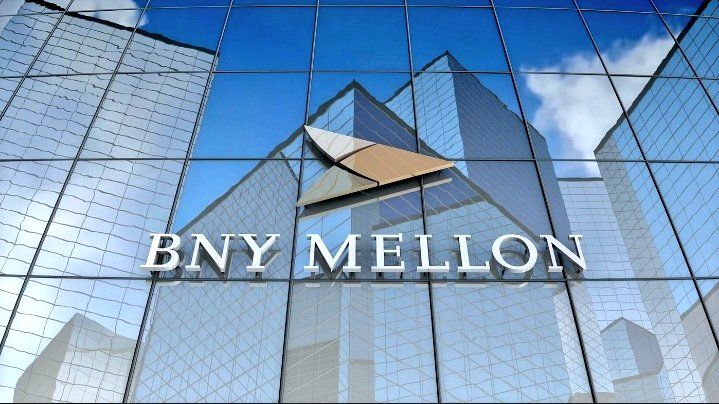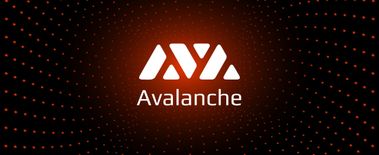Bank of New York Corp. (BNY) is testing tokenized deposits to modernize its core payments infrastructure and enable clients to make payments over blockchain networks.
According to a Tuesday report, the company aims to address pain points in legacy money transfer systems, which currently process approximately $2.5 trillion in daily transactions. This is possible by leveraging blockchain’s speed, transparency, and 24/7 operability.
Tokenized deposits are digital representations of commercial bank money, backed 1:1 by fiat reserves held at BNY. These tokens, issued and managed on a private blockchain, are transferable between client accounts. This effectively allows instantaneous settlement and the potential for substantial reductions in transaction costs.
BNY Pilot Overview
The pilot builds on the trend of institutional experimentation with blockchain. JPMorgan’s JPMD token for internal payments and Europe’s nine-bank MiCA-compliant euro stablecoin project both reflect growing sectoral confidence in tokenization for currency and payment rails.
BNY’s system would allow clients, ranging from institutional asset managers to corporate treasuries, to convert cash balances into tokenized form at participating banks. Participants could move these digital tokens across the blockchain.
Additionally, they could settle them instantly with each other, eliminating traditional settlement delays and existing banking cutoffs. BNY expects the platform to enhance process efficiency within its own networks and eventually throughout the wider banking ecosystem.
The technology aims to overcome the “legacy constraints” of current financial systems, according to Carl Slabicki, head of Treasury Services product at BNY. Faster internal transfers, reduced need for bilateral reconciliations, and improved liquidity management are all anticipated benefits of the tokenized system.
Collaboration Context
The latest pilot forms part of BNY’s broader digital assets strategy, which includes partnerships with Goldman Sachs to deliver tokenized money market funds and work with Ripple on custody and reserve management for stablecoins.
The push toward tokenized commercial bank money could be a key enabler for the so-called “regulated internet of value,” a future where both large and small value transactions settle seamlessly in real time, regardless of asset class or geography.
These pilots could turn out as blueprints for future market-wide adoption of digital money. BNY has signaled that its approach to tokenized deposits will proceed with caution, striking a balance between innovation and risk management and legal compliance as global regulatory frameworks evolve.
READ MORE: Starknet Price Eyes $0.25 After 23% Bullish Breakout













